Everything you need to know about specifications and performance - Renault Captur 2017 - 1.2 TCe (120 Hp) Start & Stop
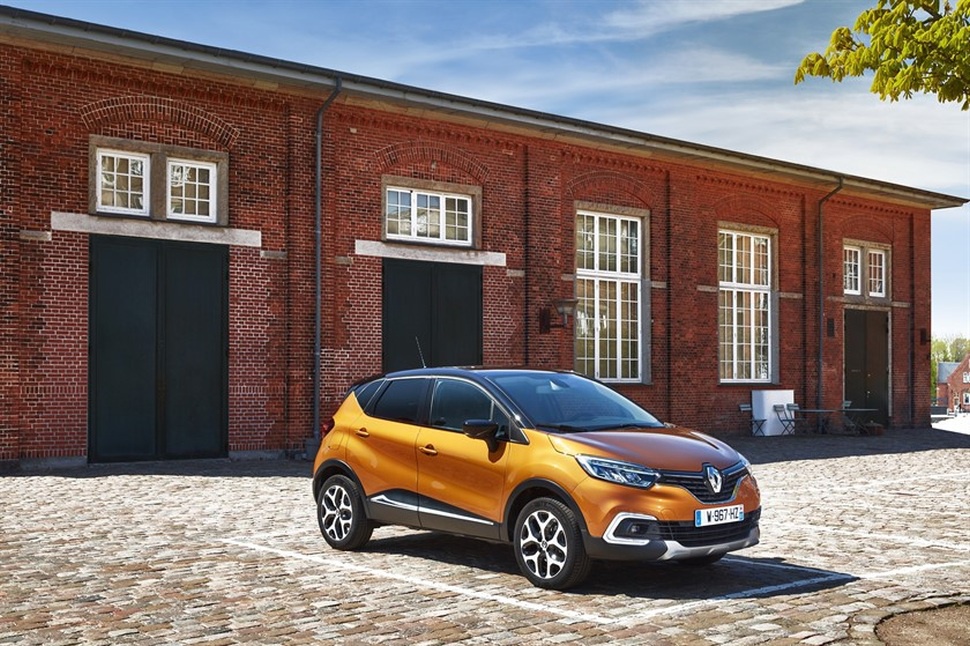
Overview:
What is the engine capacity of a Renault Captur 2017?
The engine capacity of the Renault Captur 2017 is 1197.
Renault Captur 2017 How many horsepower?
The engine power of the Renault Captur 2017 is 120 Hp @ 5000 rpm..
What is the Renault Captur 2017 engine?
Renault Captur 2017 engine is H5F. (Click to see other cars using the same engine)
How much gasoline does a Renault Captur 2017 consume?
The Renault Captur 2017 consumes 5.5 liters of gasoline per 100 km
General:
Engine:
Performance:
Space:
dimensions:
Powertrain, Suspension and Brakes:
See also
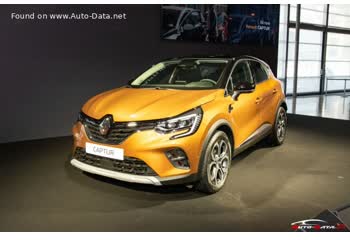
Last generation.
Its production began in 2020 until 2022
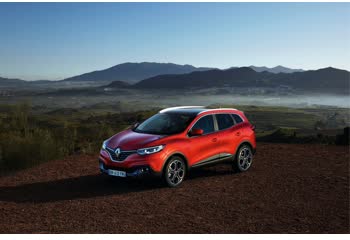
Same engine. (H5F).
Its production began in 2015 until 2018
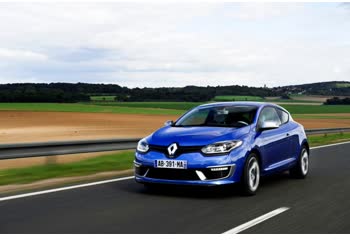
Same engine. (H5F).
Its production began in 2014 until 2015
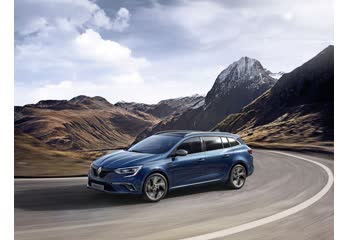
Same engine. (H5F).
Its production began in 2016 until 2018
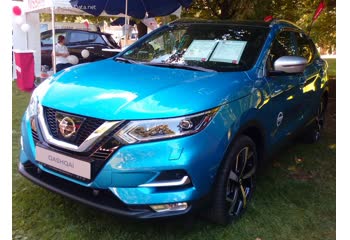
Same production year and almost the same engine capacity.
Its production began in 2017 until 2018
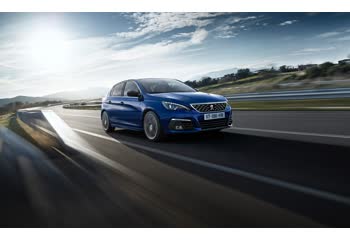
Same production year and almost the same engine capacity.
Its production began in 2017 until 2018
Write a comment